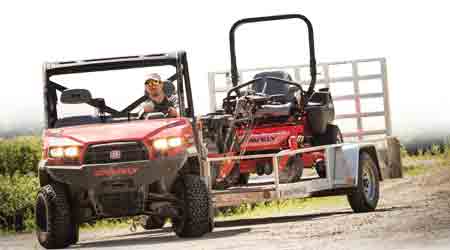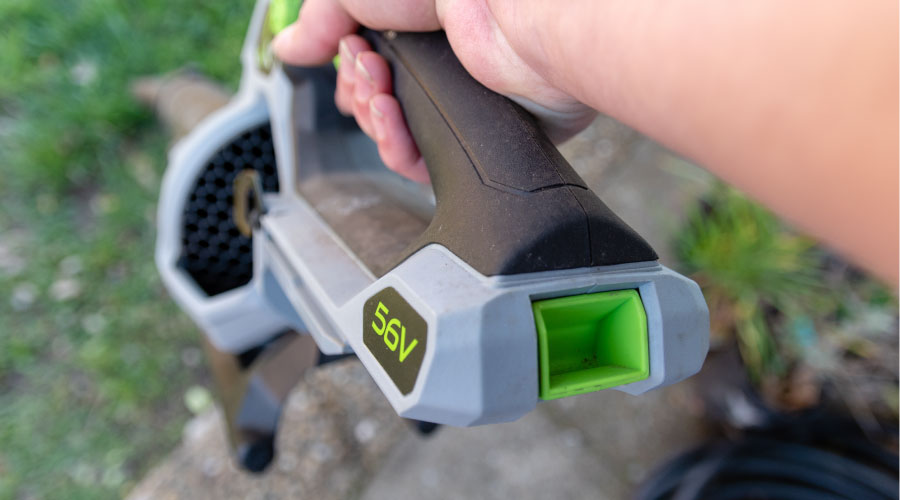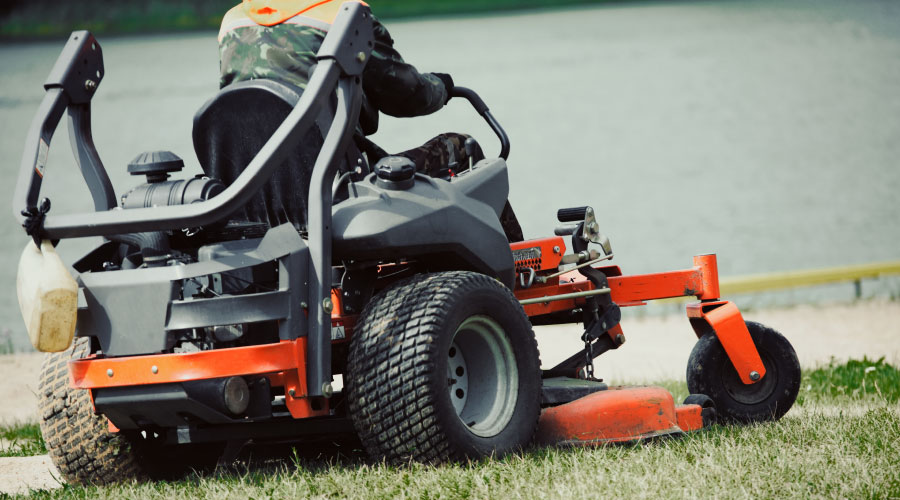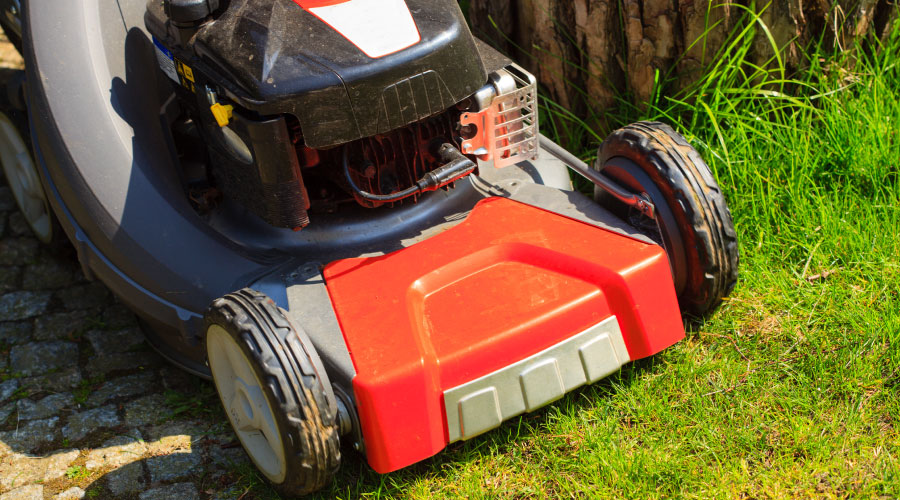Post-Purchase Considerations for Utility Vehicles
Part two of a four-part article on utility vehicle maintenance
Ensuring utility vehicle operators and mechanics understand the importance of vehicles’ post-purchase inspection and repair requirements is an essential step in creating a daily maintenance routine. Sharing the manufacturer’s warranty guidelines is the best resource for educating operators and mechanics about vehicle requirements. These manuals offer a step-by-step guide on equipment operation and provide a detailed maintenance schedule, which will help reduce repair costs.
If the utility vehicle has multiple users, which is often the case, it is extremely important that all of its drivers become familiar with the operator’s manual before using the equipment.
Several manufacturers offer online training programs for new users. For managers purchasing used equipment, it is still critical to ensure new staff members know how to operate and maintain the utility vehicle. This ensures the safety of both the equipment and the fleet.
Each day, operators and mechanics should perform such tasks as cleaning air and oil filters, greasing the equipment, and making sure the sniper valve and spark plugs are properly adjusted. The more time they spend maintaining the equipment, the more efficient they will be and the less prone the equipment will be to mechanical malfunctions.
But while operators and mechanics can carry out certain service requirements, the dealer should complete more complex repairs. For example, managers should rely on their dealers to repair any mechanical problems related to the engine. This step keeps operators and mechanics safe, and it reduces the risk of further damage, which can result in even more costly repairs.
Another vital step in extending the performance lives of utility vehicles is ensuring crews store and clean them appropriately. To guarantee that vehicles work when operators need them, managers need to include storage and cleaning requirements in the daily maintenance plan. For instance, an operator finished using the vehicle should always clean it to remove dirt and grease and prevent it from building up over time.
If dirt and grease remain on the equipment for long periods, it can be difficult to reattach other pieces of equipment, leading to malfunction and expensive repairs or replacements. Proper lubrication is important when it comes to extending the performance life of a utility vehicle, as is making sure the operator or mechanic stores it in a dry and enclosed area when finished using it.
Related Topics:















